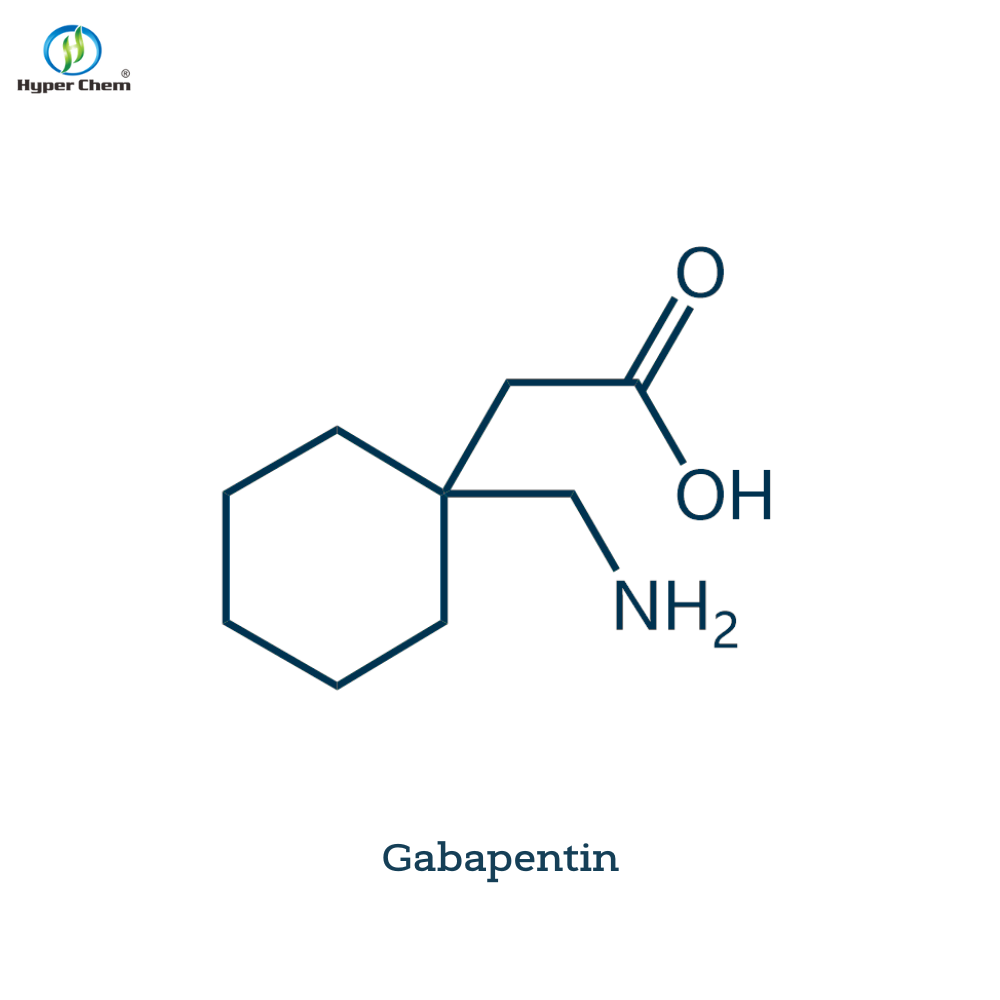JACS: new compounds can regulate people's "day and night" biological rhythm
-
Last Update: 2019-12-03
-
Source: Internet
-
Author: User
Search more information of high quality chemicals, good prices and reliable suppliers, visit
www.echemi.com
December 4, 2019 / BIOON / -- researchers at the University of Nagoya, the Institute of translational biomolecule, Japan (itbm), and the University of Groningen in the Netherlands and their colleagues have found a new way to regulate cell biological clock Further research on this approach, published in the Journal of the American Chemical Society, may help to develop therapies for a variety of diseases Tsuyoshi Hirota, an itbm biochemist who led the study, explained: "we offer a new way to use light to precisely control the function of the clock Circadian rhythms control the daily rhythms of our physiology Its dysfunction is related to many diseases, such as sleep disorders, metabolic diseases and cancer New methods of controlling circadian rhythm can reveal the molecular clock mechanism and provide the basis for the treatment of diseases related to biological clock " The researchers' approach involved controlling a molecule called longdaysin, which they found regulates cell clocks Longdaysin binds to an enzyme called CKI, which inhibits its activity and prolongs the duration of the biological clock through a sleep wake cycle (image source: www Pixabay Com) to control the process, the team added a chemical "cage" called light movable protective group (PPG) to a long sunbath that reacts to light In the dark, PPG prevents longdaysin from combining with CKI When the compound is exposed to ultraviolet or violet light, PPG releases long day flavin, enabling it to bind and inhibit CKI This process has been successfully replicated in human cells, mouse tissues and zebrafish larvae This level of photoregulation of long day flavin activity may lead to the development of therapies to adjust the clock cycles in people with familial late sleep stage due to CKI related gene mutations The researchers said their research could also help further study the circadian rhythms of mammals, determine the relationship between circadian rhythm disorders and disease development, and look for therapies that use light dependent regulation to treat circadian rhythm related diseases Source of information: Compound controls biological clock with light source: Du Chen kolarski, Akiko Sugiyama, Ghislain Breton, Christian rakers, Daisuke Ono, Albert Schulte, Florence Tama, Kenichiro Itami, wikitor Szymanski, Tsuyoshi Hirota, Ben L Feringa Controlling the Circadian Clock with High Temporal Resolution through Photodosing Journal of the American Chemical Society, 2019; 141 (40): 15784 DOI: 10.1021/jacs.9b05445
This article is an English version of an article which is originally in the Chinese language on echemi.com and is provided for information purposes only.
This website makes no representation or warranty of any kind, either expressed or implied, as to the accuracy, completeness ownership or reliability of
the article or any translations thereof. If you have any concerns or complaints relating to the article, please send an email, providing a detailed
description of the concern or complaint, to
service@echemi.com. A staff member will contact you within 5 working days. Once verified, infringing content
will be removed immediately.







